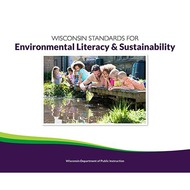(View Complete Item Description)
This teaching activity addresses regional variability as predicted in climate change models for the next century. Using real climatological data from climate models, students will obtain annual predictions for minimum temperature, maximum temperature, precipitation, and solar radiation for Minnesota and California to explore this regional variability. Students import the data into a spreadsheet application and analyze it to interpret regional differences. Finally, students download data for their state and compare them with other states to answer a series of questions about regional differences in climate change.
Material Type:
Activity/Lab
Authors:
Denise Blaha,
Earth Exploration Toolbook from TERC,
Rita Freuder




















